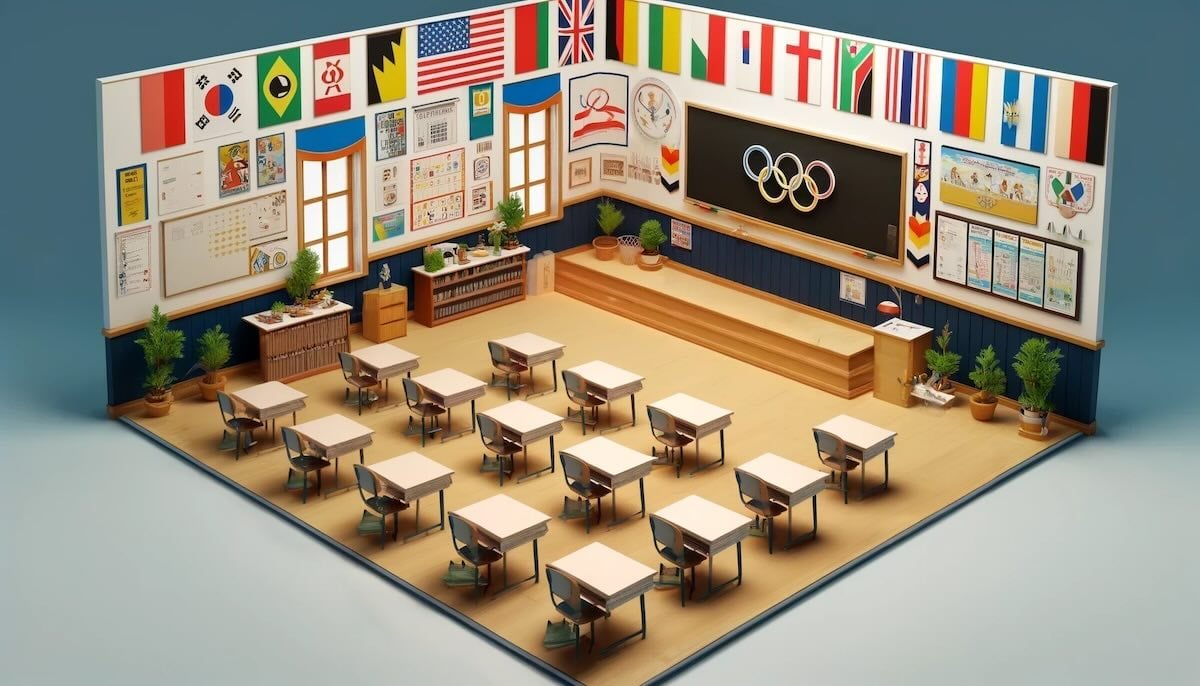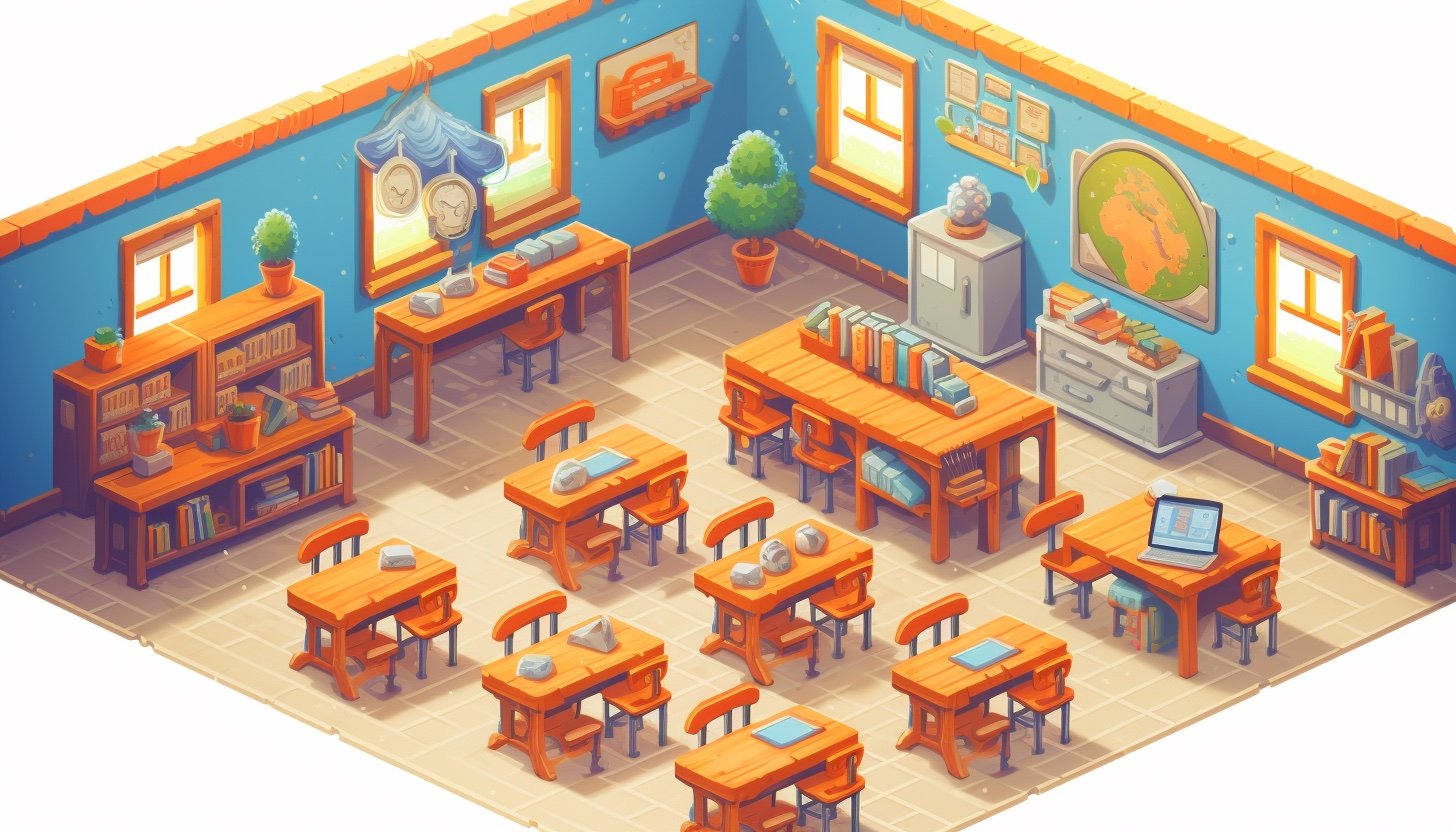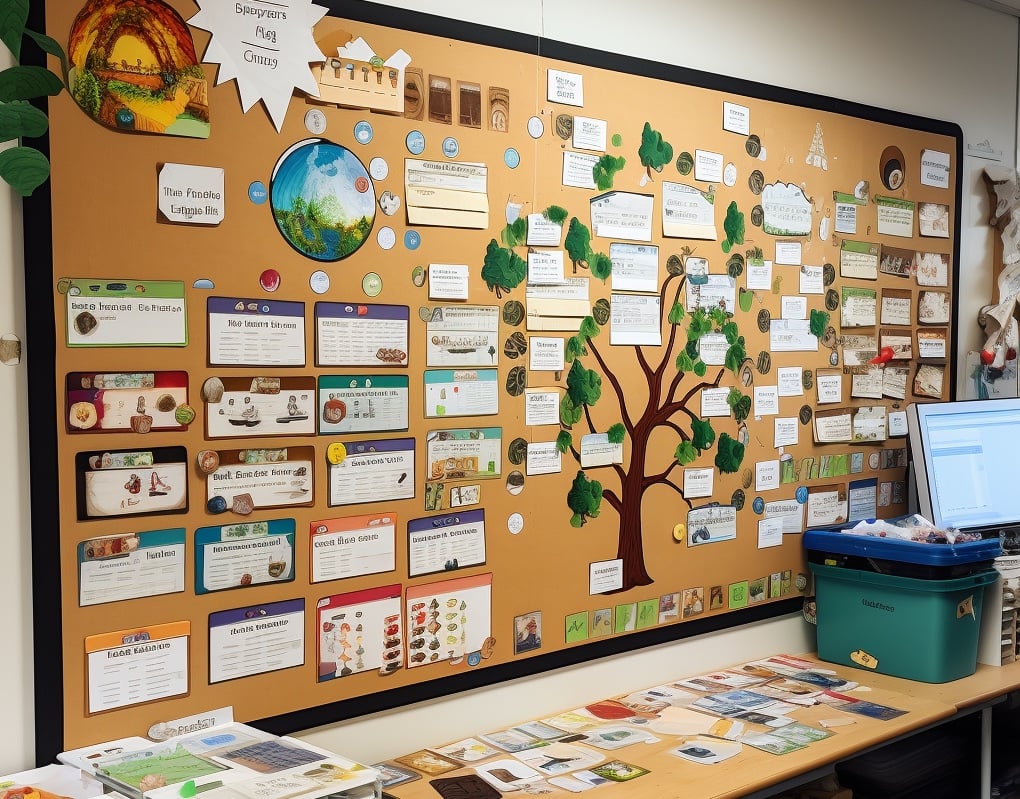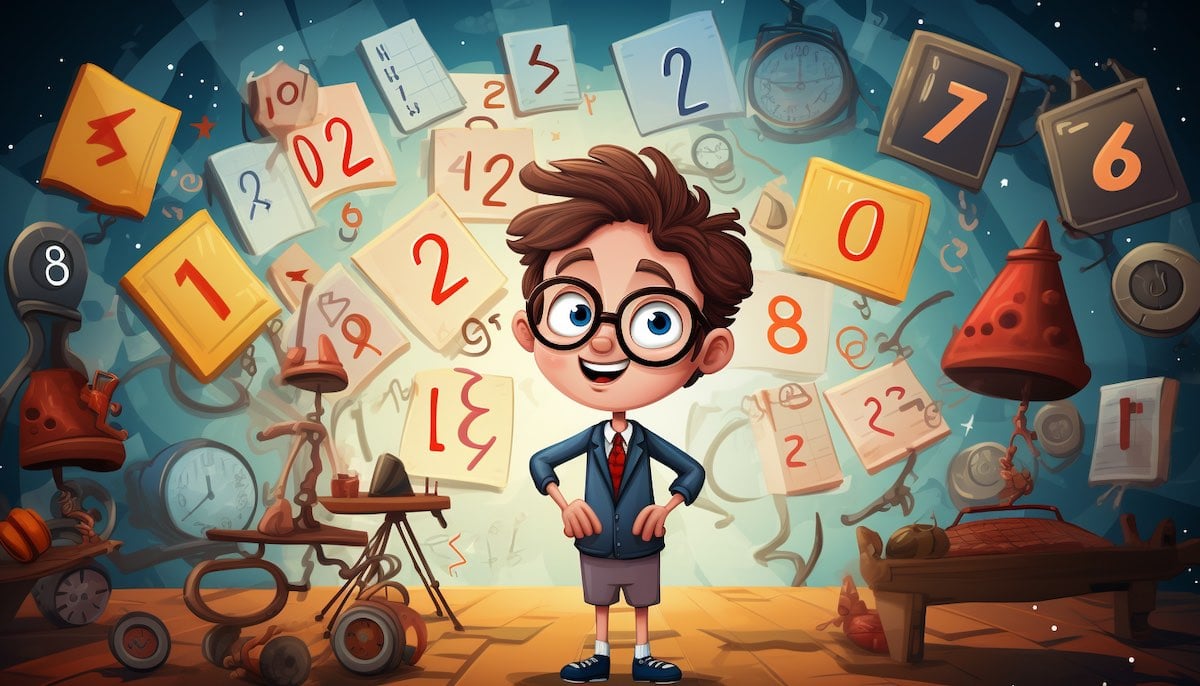Introduction
Gamification refers to the use of game-like elements, such as points, badges, and leaderboards, to motivate and engage people to achieve their goals. The benefits include increased motivation, engagement, and learning.
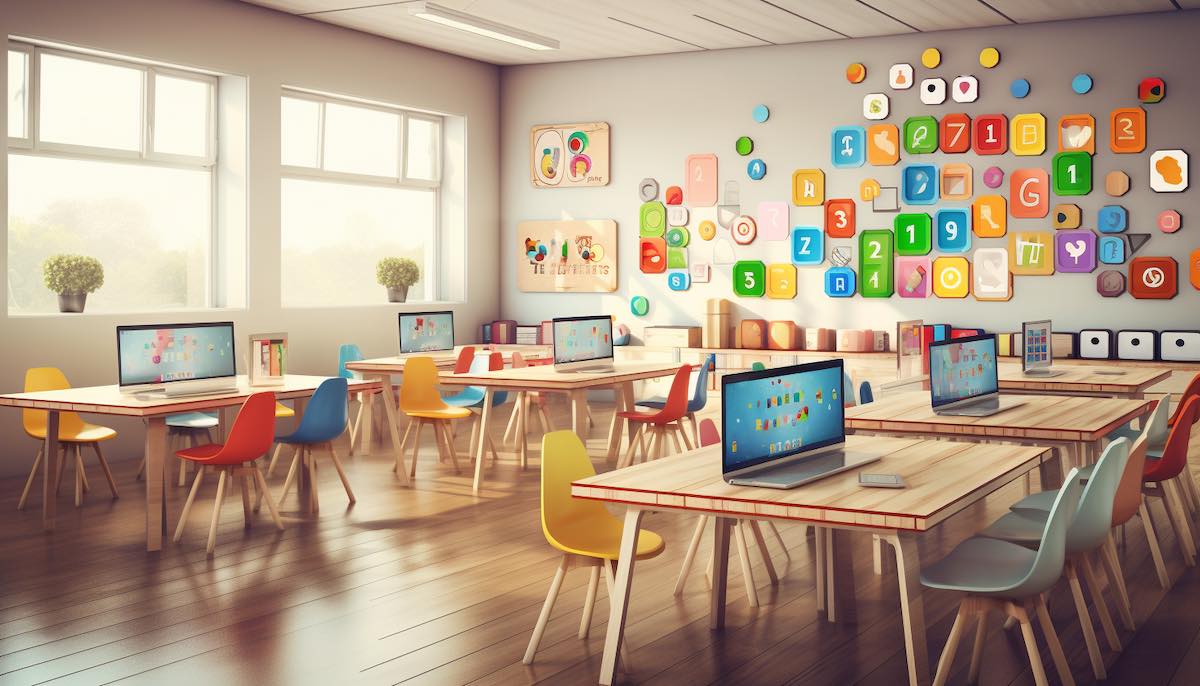
A proven example from outside the world of education is fitness trackers such as Fitbit. These are able to track a person's physical activity, sleep, and other health metrics. By leveraging the typical gamification elements mentioned above, these trackers have been shown to increase their users willingness to engage in fitness and general healthy behaviours.
Another proven example is language learning: Duolingo is a language-learning platform that uses gamification to make learning a new language fun and engaging. It uses points, badges, and other rewards to motivate users to complete lessons and track their progress.
Gamifcation has been successfully applied to many settings, including, of course, education.
Let's take a look at how you can add gamifcation to your classroom.
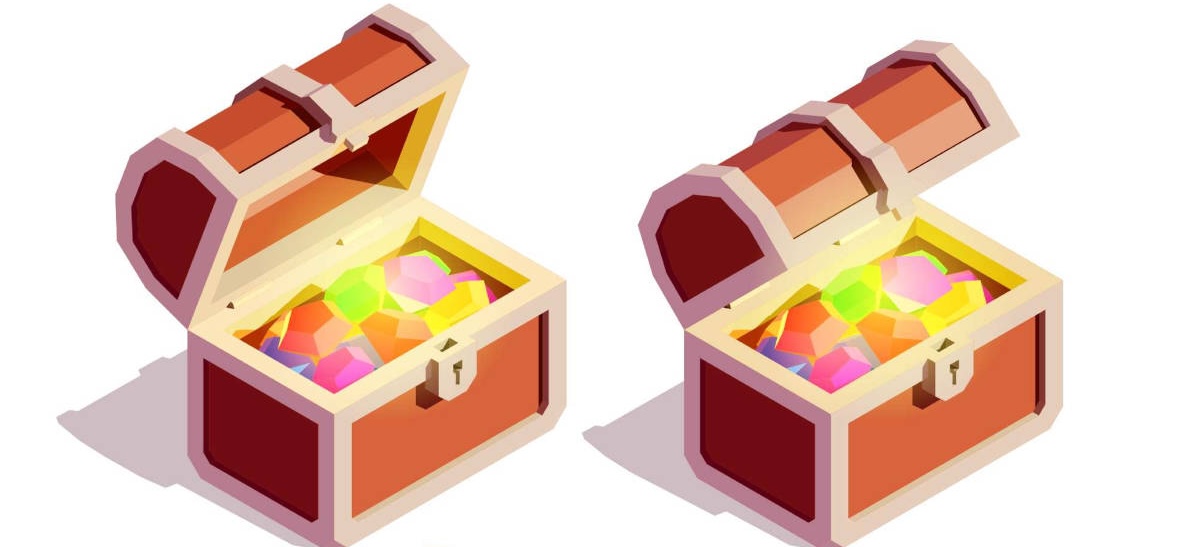
Examples of gamification in the classroom
Quizzes
One simple example of gamification in the classroom is using quizzes or quizzes in combination with leaderboards. These can motivate students to study and improve their scores, and can create a sense of competition among your students.
One of the biggest platforms for creating and playing online quizzes is Kahoot! It allows teachers and students to create interactive games and quizzes to engage students and make learning more enjoyable.
Learning activities and quests
Game-based learning activities are another way to incorporate gamification into the classroom. These involve students playing educational games, either individually or in teams, to learn and practice specific skills or knowledge.
With a bit of upfront investment, you can turn your lesson plans into personalized learning adventures with quests. Students are rewarded with points and badges for completing certain milestones. There is a clear path that students can follow. Many online video courses use this mechanism. A great platform for creating fully remote gamified courses is Xperiencify.
If you want to to take it even further, you can emulate so-called role-playing games (also known as RPGs) which often follow a narrative and offer the player choices that have different outcomes.
Boss battles
In computer games, a "boss" is a villain that the hero must defeat to save the day. Think of the monster at the end of each level in the Super Mario series.
You could define your own boss battle by using quests and questions from multiple content areas. Students would have to achieve a certain number of correct answers to "defeat" the boss. As with all of the examples here, the narrative plays a crucial role in determining how students engage in these activities.
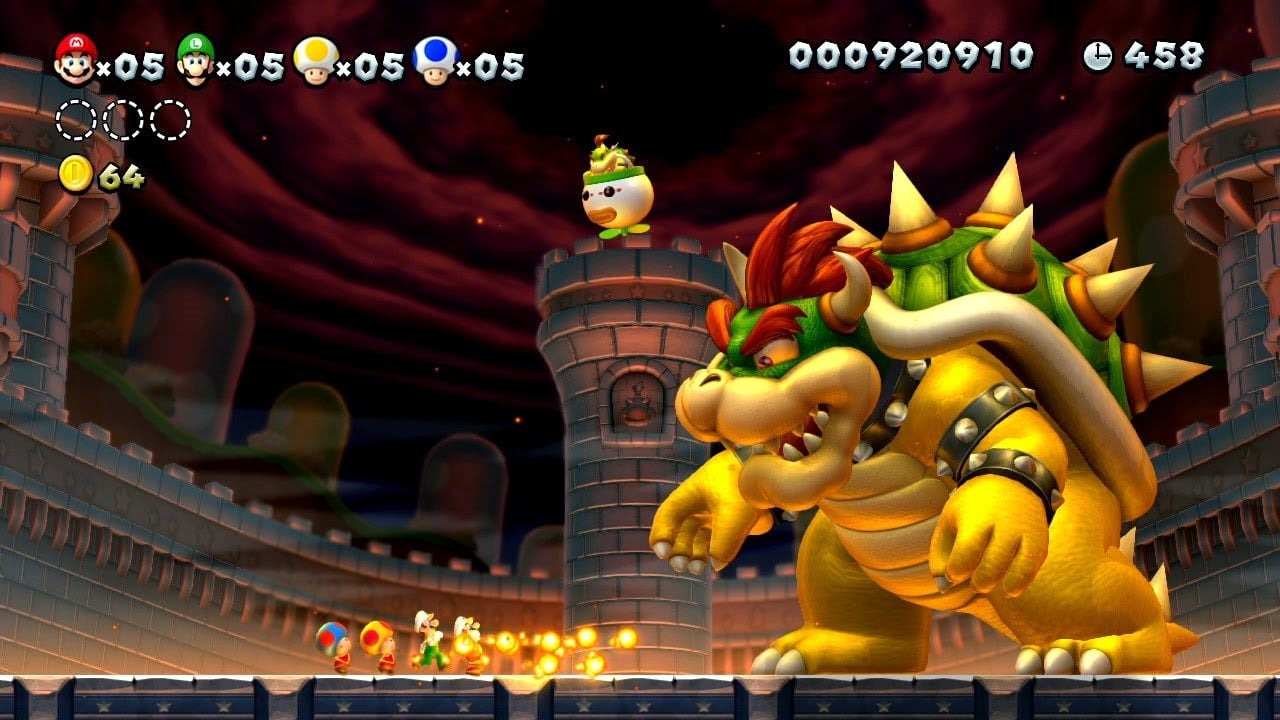
Tips for implementing gamification in the classroom
To successfully implement gamification, it is important to set clear goals and objectives for what you want to achieve. Gamification is all about motivation and engagement, so focus on areas in your classroom where those elements are lacking.
Involving students in the design process will help ensure that the gamification activities are engaging and relevant to their interests and needs. You should know your students and what they are currently in to. This can be integrated into your initiative. For instance, if they are into Pokémon, you could collect their achievements in a class Pokédex.
Make sure that the rules are clear and known to everyone. Nothing will kill a game quicker than rules that are fluid, unclear or arbitrary.
On the other hand, it is also important to remain flexible and to adjust or pivot if things are not working. Be prepared for 2-3 attempts before you get into a flow that works.
Challenges of gamification
One challenge of gamification in the classroom is that it can be time-consuming to implement. You need to plan and prepare gamification activities, as well as monitor and evaluate their effectiveness.
Another challenge is that not all students may be interested in gamification, and some may even find it annoying or distracting. It is important to consider the individual needs and preferences of your students. You could consider making gamification activities optional and not mandatory.
Start small. Avoid rolling out an all-singing, fully-fledged gamification system. If you need to make adjustments or pivot to something else, then changes will be time-consuming and you will have wasted part of the time you have invested. Consider starting with just a leaderboard. You can create one right now using the button below.
Finally, gamification may not be appropriate for every subject or topic, and it is important to consider whether gamification is the best approach for a particular lesson or unit.
Conclusion
In conclusion, gamification can be a powerful tool for enhancing student learning and engagement in the classroom. By incorporating game-like elements into their teaching practices, teachers can motivate and engage students in learning, and create a more enjoyable and interactive learning environment. With careful planning and implementation, gamification can be a successful and effective approach to education.
